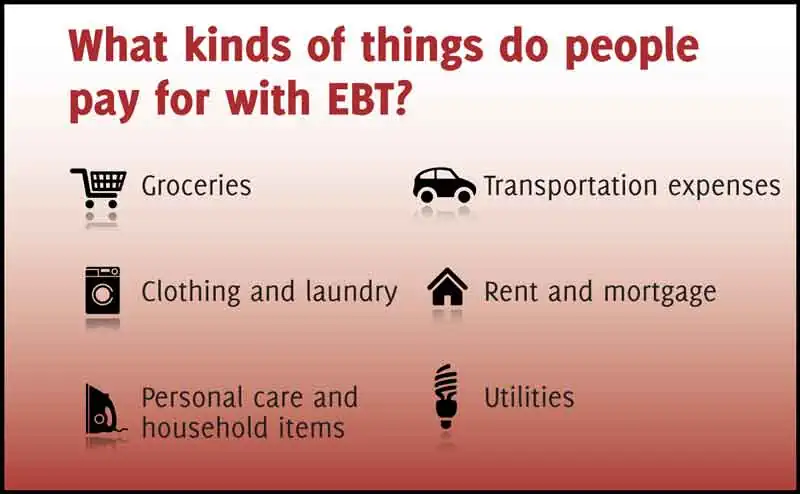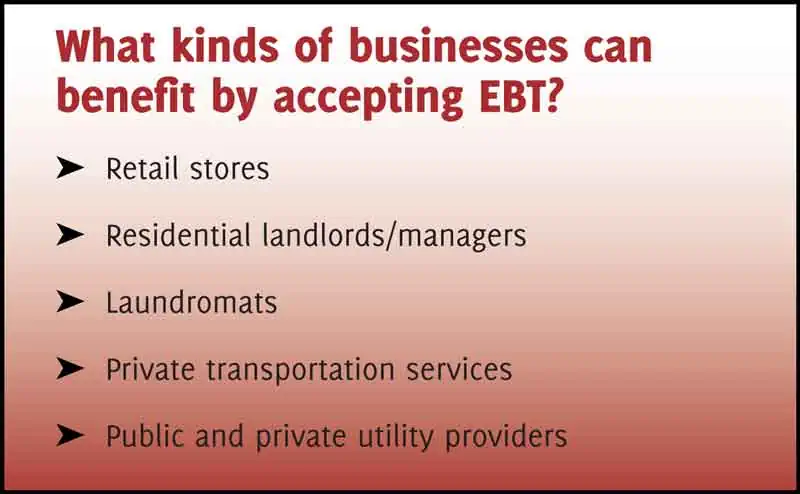This is the latest installment in The Official Merchant Services Blog’s Knowledge Base effort. Well we want to make the payment processing industry’s terms and buzzwords clear. We want to remove any and all confusion merchants might have about how the industry works. Host Merchant Services promises: the company delivers personal service and clarity. So we’re going to take some time to explain how everything works. This ongoing series is where we define industry related terms and slowly build up a knowledge base and as we get more and more of these completed, we’ll collect them in our resource archive for quick and easy access. Today’s terms is Electronic Benefit Transfer (EBT).
Electronic Benefit Transfer (EBT)
Electronic Benefit Transfer (EBT) is an electronic system in the United States that allows government’s states benefits departments to issue money,accessible via a plastic debit card.
Common benefits (in the U.S of America) provided via EBT are typically of two general categories, food benefits and cash benefits.
- Supplemental Nutrition Assistance Program (SNAP), formerly know as food stamps, provides funds via a payment card for recipients to purchase groceries.
- Cash programs such as Temporary Aid for Needy Families (TANF) and general state-offered benefits provide funds via a payment card for recipients to make purchases and receive cash back at businesses that accept the cards.
To use these benefits: Through EBT, a recipient uses his/her EBT card to make purchases at participating retailers. Food-stamp benefits can only be used to purchase food items authorized by the USDA’s SNAP program. Cash benefits may be used to purchase any item at a participating retailer, as well as to obtain cash-back or make a cash withdrawal from a participating ATM.
As food stamps are being phased out in the United States, all SNAP benefits are now being issued via EBT. So the way it works is in the SNAP program, recipients apply for their benefits in the usual way, by filling out a form at their local food stamp office. Once eligibility and level of benefits have been determined, information is transferred to the state’s EBT contractor and an account is established in the participant’s name, and SNAP benefits are deposited electronically in the account each month. A plastic debit card, similar to a bank card, is issued and a personal identification number (PIN) is assigned or chosen by the recipient to give access to the account. Recipients are offered the opportunity to change the PIN at any time, and are offered ongoing training if they have any problems accessing the system.
All states have systems that use magnetic stripe cards and “on-line” authorization of transactions. When paying for groceries, the SNAP customer’s card is run through an electronic reader or a point of sale terminal (POS), and the recipient enters the secret PIN to access the food stamp account. Then, electronically, the processor verifies the PIN and the account balance, and sends an authorization or denial back to the retailer. The recipient’s account is then debited for the amount of the purchase, and the retailer’s account is credited. No cash money changes hands. Payment is made to the retailer through a ACH settlement process at the end of the business day. Most states’ online EBT systems are interoperable through the Quest network, which is sponsored by the Electronic Benefits and Services Council (formerly the EBT Council) of NACHA-The Electronic Payments Association.
For More Information
- Host Merchant Services makes it easy to accept EBT.
- You can read an FAQ on EBT Here.


